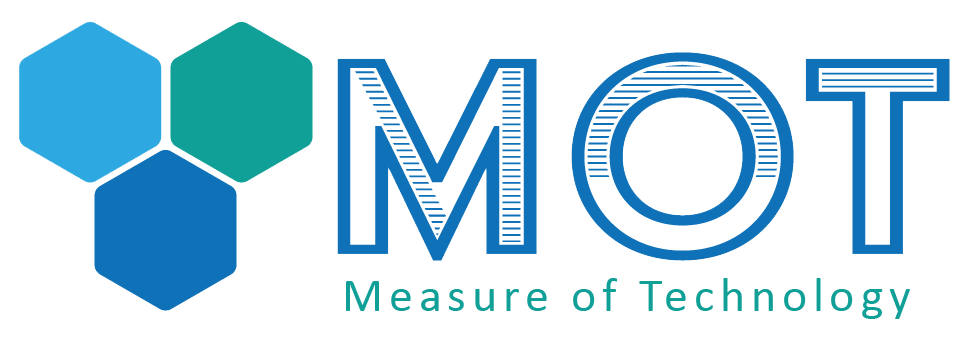Empowering Your Organisation: A Deep Dive into Microsoft 365 Access Controls
by Oli King - Fri 02 Feb 2024In today's rapidly evolving digital landscape, organisations rely on comprehensive and secure tools to enhance productivity and collaboration. Microsoft 365 has emerged as a cornerstone solution, bringing together a suite of applications like Word, Excel, Teams, and more. To ensure the confidentiality, integrity, and availability of data within this ecosystem, robust access controls play a pivotal role. In this blog, we will explore the key components of Microsoft 365 access controls and how they empower organisations to manage user access effectively.
Understanding Microsoft 365 Access Controls:
Access controls in Microsoft 365 are a set of security features designed to manage user
access to resources and data within the platform. Whether you're an administrator overseing the entire organisation or a user seeking to manage access to your files, understanding and implementing access controls is crucial for maintaining a secure and efficient digital environment.
Key Components of Microsoft 365 Access Controls:
- Identity and Access Management (IAM):
Microsoft 365's IAM framework forms the foundation of access controls. It includes user identity verification, authentication, and authorisation processes. Multi-Factor Authentication (MFA) adds an extra layer of security, requiring users to verify their identity through multiple means, such as a phone call, text message or authentication app.
- Azure Entra ID (formerly Azure Active Directory):
Azure Entra ID, an integral part of Microsoft 365, provides identity and access management services. Organisations can define policies and rules within Entra to control user access based on roles, groups, or specific attributes.
- Role-Based Access Control (RBAC):
RBAC allows organisations to assign roles to users based on their responsibilities. With predefined roles like Global Administrator, User Administrator, and others, administrators can grant appropriate permissions without the need for manual customisation.
- Conditional Access Policies:
Conditional Access enables organisations to create policies that evaluate conditions before granting access. Factors like user location, device compliance, and sign-in risk can be considered, providing a dynamic and adaptive approach to access controls.
- Data Loss Prevention (DLP):
Microsoft 365's DLP features help prevent unauthorised access to sensitive data. Policies can be configured to monitor and block the sharing of confidential information, ensuring compliance with regulatory requirements.
- Information Rights Management (IRM):
IRM adds an additional layer of protection by controlling how information is used. Organisations can define permissions such as view-only or restrict printing, ensuring that sensitive documents are managed appropriately.
- Privileged Identity Management (PIM):
PIM allows organisations to manage, control, and monitor access within Entra ID and other Microsoft Online Services. It helps in securing privileged roles by enforcing just-in-time privileged access and approval workflows.
- Audit Logging and Reporting:
Microsoft 365 provides robust audit logging capabilities, allowing organisations to track user activities and changes to configuration settings. Regularly reviewing audit logs can help detect and respond to potential security incidents.
Best Practices for Implementing Microsoft 365 Access Controls:
Regular Audits:
Conduct periodic audits of user permissions and access rights to ensure that they align with the organisation's security policies. Remove unnecessary access and update roles as responsibilities change.
Education and Training:
Provide ongoing education and training for users and administrators on best practices for secure collaboration within Microsoft 365. This includes guidance on sharing files, using MFA, and recognising phishing attempts.
Stay Informed About Updates:
Microsoft regularly updates its services, including security features. Stay informed about these updates and implement new security measures as they become available to enhance your organisation's protection against emerging threats.
Test Conditional Access Policies:
Before enforcing stringent conditional access policies, evaluate them in a controlled environment to ensure they do not disrupt regular business operations while still providing the desired level of security.
Microsoft 365 access controls are a cornerstone in building a secure and productive digital environment for organisations. By leveraging the powerful features within the platform, businesses can ensure that their data is protected, compliance requirements are met, and users have the right level of access to perform their roles efficiently. Regularly updating and fine-tuning access controls is crucial to staying ahead of evolving security threats and maintaining a robust defence against unauthorised access.
If you would like to know more about implementing access controls or fine tuning your IT in place already, contact us today to schedule your IT MOT and pave the way for a more resilient and optimised IT environment for your business.


